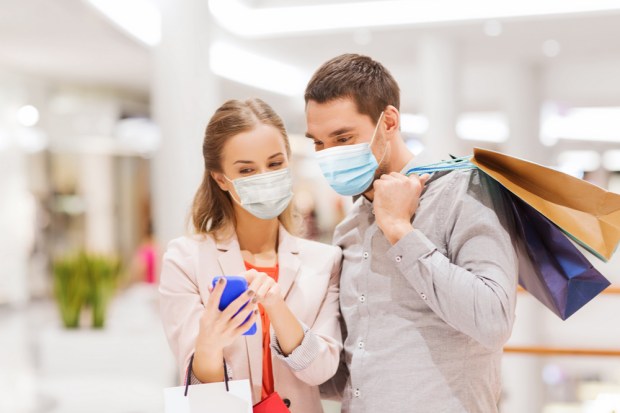Appointment-Based Shopping Attracts Tech Providers

It’s “health concerns first” for retailers during the pandemic. Knowing this, retailers from Apple to Best Buy and beyond have opened up their appointment shopping capacity. While the concept is as easy as a phone call in some cases, several technology solutions have popped up to take any friction out of the process.
“It is not difficult to roll out a robust reservation solution in a short period of time,” says a blog post on the Retail Industry Leaders Association. “Most retailers list their store locations on their website and within their mobile app. A simple enhancement is to add a ‘Make Appointment’ button next to each location that allows the customer to select the day, time and number of shoppers that plan to visit that location. The number of appointments would be limited to the safe occupancy level of each location as determined by the state or local government, based on square feet of floor space or a percentage of maximum occupancy allowed under pre-COVID conditions.”
The RILA blog recommends a new application from FareHarbor, which provides the back end for Booking.com, Google Reservations, Expedia and TripAdvisor. Its platform has QR codes for entry and exit scanning and real-time visibility into store volume, shopping experience and other metrics.
In the U.K., mobile operator O2 has created a suite of mobile tools that can help manage socially distanced retail as well as virtual queuing, staff scheduling and appointment booking technologies. All were used in allowing O2 to reopen its retail stores as the U.K. emerged from lockdown on June 15.
The software is supplied by retail technology platform Qudini. The appointment software allows customers to join a virtual queue, receive text message updates on their position, get a wait-time estimate and the time when an O2 advisor is ready for their one-to-one appointment.
“Customers are worried about how they can maintain social distancing whilst shopping,” says Imogen Wethered, CEO of Qudini. “Until the retail sector alleviates these concerns it is unlikely that we will see a return to pre-lockdown levels of footfall. Our virtual queuing technology can help to address these safety concerns and bring shoppers back.”
In the U.S. a new survey shows shoppers want technology solutions like appointments, more voice-activated demos, augmented reality try-ons and mobile-activated self-checkout options in post-pandemic retail environments, according to research by Outform. It found 67 percent want self-checkout options from mobile devices; 43 percent want to see voice-activated solutions. Thirty-two percent like QR codes and 25 percent believe appointment-only browsing will make shopping safer.
Simon Hathaway, MD EMEA at Outform, says: “The survey showed an almost unanimous concern around safety among shoppers, and the statistics demonstrate a clear call for touchless retail as people seek to avoid physical interactions with products within the retail environment. There’s an undeniable awareness — and excitement — that a return to physical retail ‘as normal’ has to take place, but our stats show shoppers are looking for retailers to invest in touchless tech and find new ways for them to interact with brands in-store.”
